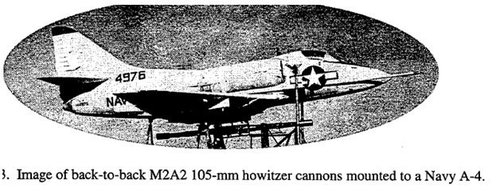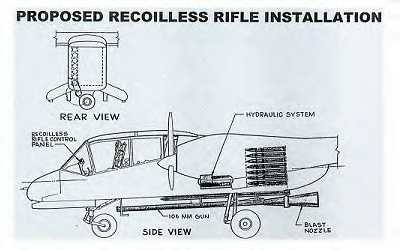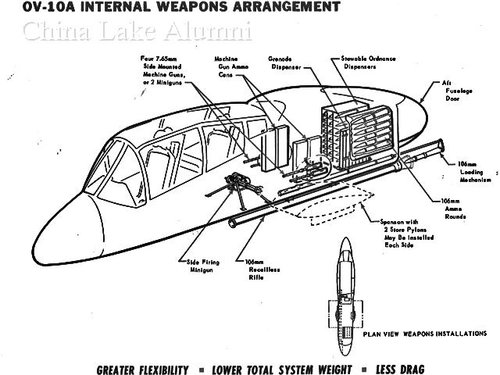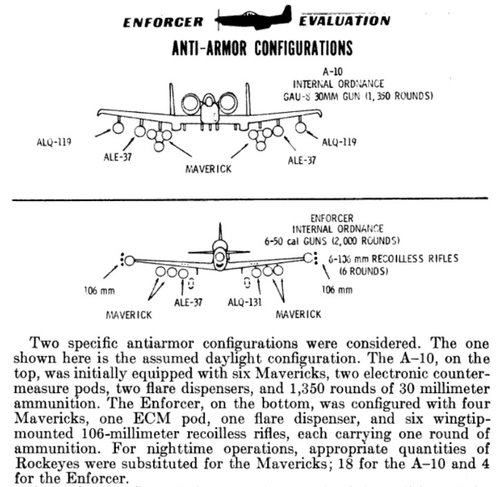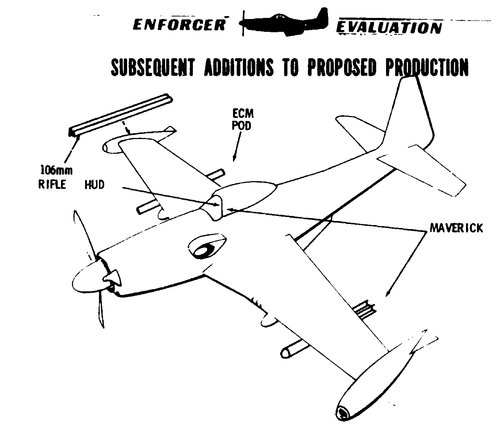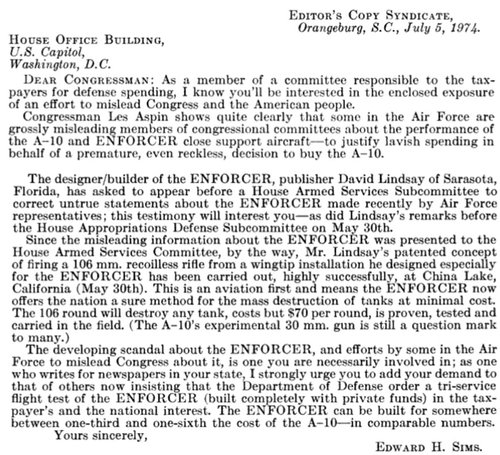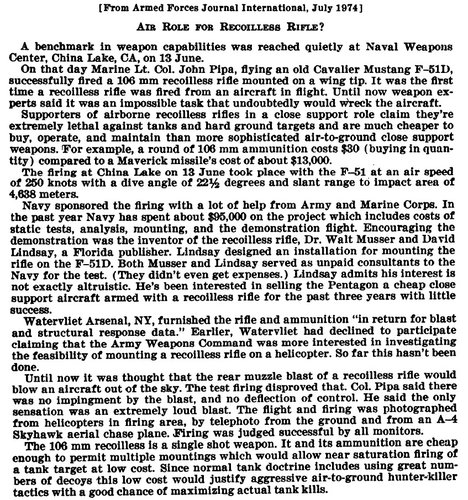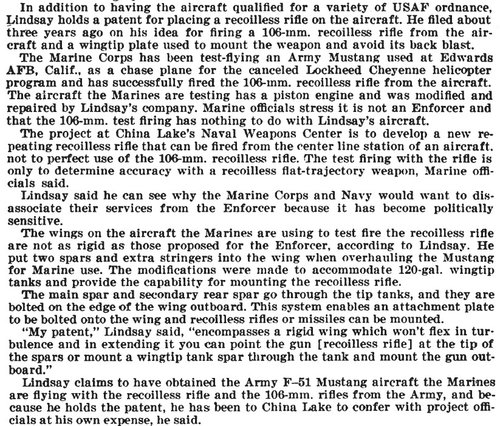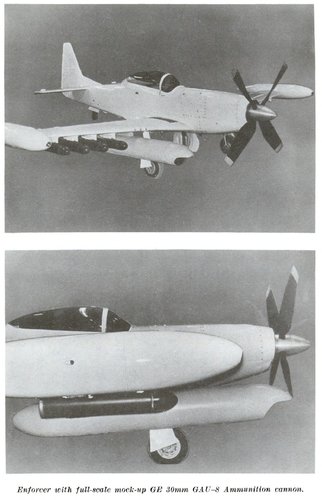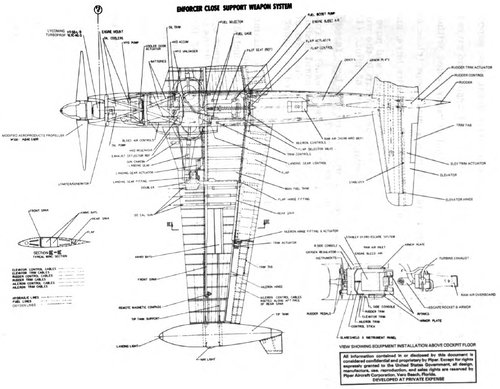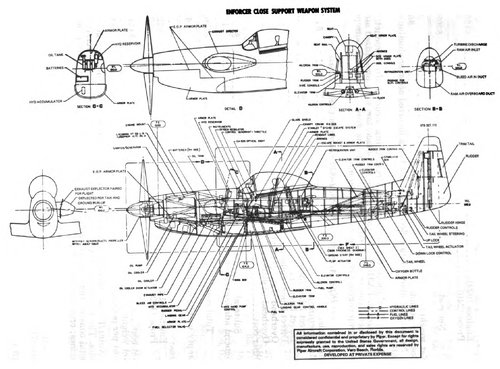- Joined
- 25 January 2020
- Messages
- 1,196
- Reaction score
- 1,721
Hello everybody,
I was scrolling through the internet recently and I found an interesting project of an A-4 Skyhawk armed with a 105 millimetre howitzer. I don't know what it is with me and small planes with large guns this week. From what I've found this seems to be a legitimate program. Was this ever flight tested and why would such a large gun be mounted? What were the benefits? Why was a gun like this chosen rather than having it armed with smaller, faster firing guns or rockets? Were there any other American projects which mounted such large guns to such small aircraft?
Thanks in advance,
Wyvern
I was scrolling through the internet recently and I found an interesting project of an A-4 Skyhawk armed with a 105 millimetre howitzer. I don't know what it is with me and small planes with large guns this week. From what I've found this seems to be a legitimate program. Was this ever flight tested and why would such a large gun be mounted? What were the benefits? Why was a gun like this chosen rather than having it armed with smaller, faster firing guns or rockets? Were there any other American projects which mounted such large guns to such small aircraft?
Thanks in advance,
Wyvern

